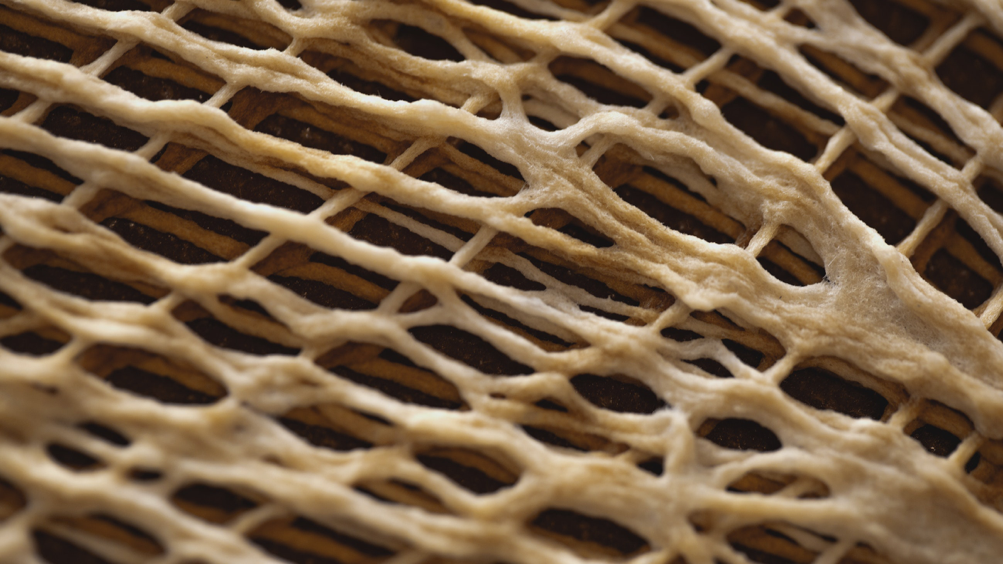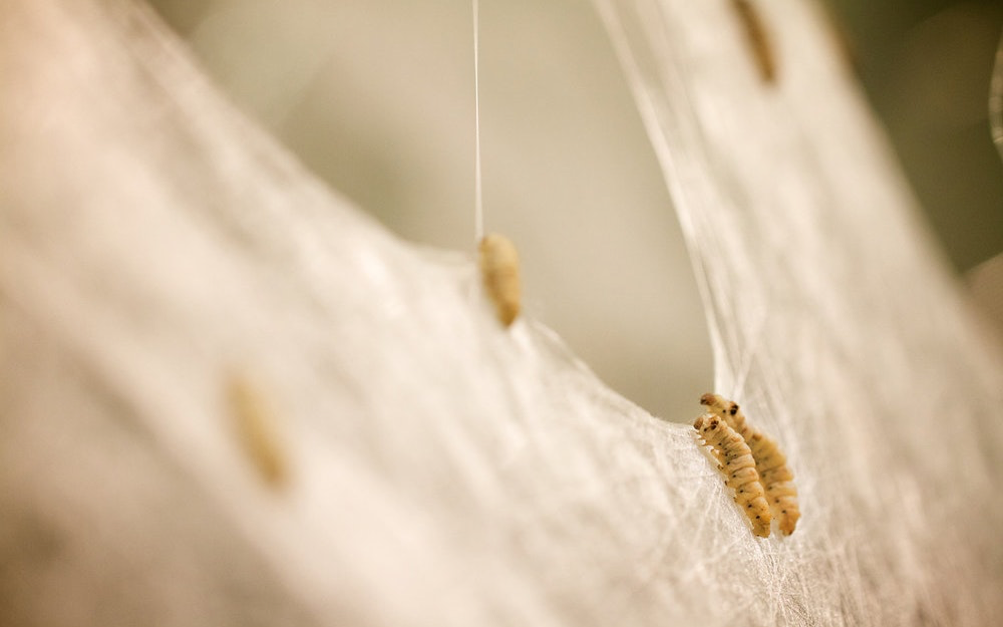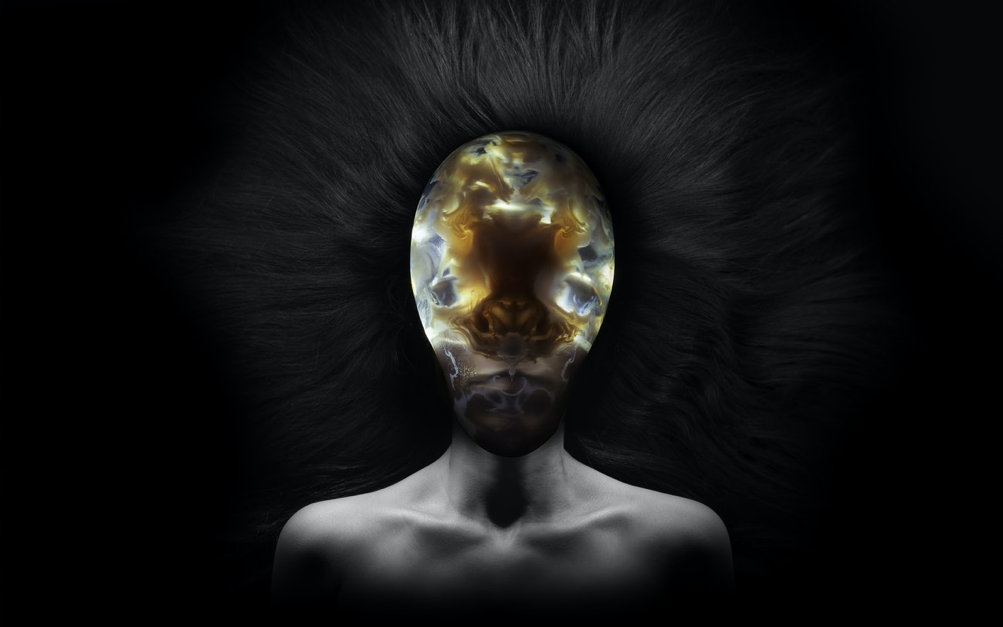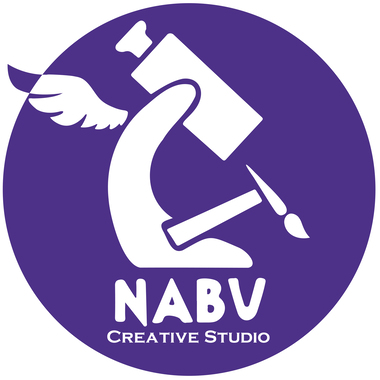Each era is enlightened by special figures that through their holistic vision open new paths toward spiritual and technological progress.
This is the era of Neri Oxman, the Israeli bio-architect named by The New York Times “The Leonardo da Vinci of today”.
INDEX:
1. A MULTICOLORED EDUCATION
Born in Haifa from the love of two architects, the Leonardo fa Vinci of Today spent her infancy “between nature and culture“, that is between her grandmother’s garden and her parent’s architectural studio.
After attending for two years medical studies in Jerusalem, the death of her grandmother made her switch to studying Architecture, at first in Haifa and then in London.
Neri Oxman finally moved to Boston, where she pursued her PhD in Architecture and then became an associate professor at the Media Lab of the MIT.
2. THE KREB’S CYCLE OF CREATIVITY
Since her first steps in Architecture, Neri Oxman felt how separate from each other where the four domains of creative exploration – Art, Science, Engineering and Design.
Moved both by her childhood passion for Nature and by the belief that true progress can only occur at the overlap between disciplines, Neri broke down the traditional discrete way of performing research and started to follow an “anti-disciplinary” approach.
To describe her shift of paradigm she devised the so called Kreb’s cycle of Creativity, a schematic inspired by the cycle through which cells metabolize nutrients to produce energy.
Similarly, humans can generate a flux of intellectual energy by connecting in a cyclic circuit Art, Science, Engineering and Design.
The Kreb’s Cycle of Creativity
According to Oxman’s model:
- Science collects information to generate knowledge;
- Engineering employs scientific knowledge to generate utility for human beings;
- Design embodies utility into objects that effectively change human behavior;
- Art studies human behavior to get information about humanity;
- The new piece of information can fuel again Science.
While the transitions from Science to Engineering, and then from Engineering to Design and finally from Design to Art are well accepted, the true challenge and holy grail is to make the transition from Art to Science – and vice versa –happen.
As Oxman states, “this can only happen if you believe in magic, if you suspend your disbelief”.
3. MATERIAL ECOLOGY
Believing in magic and making the Kreb’s Cycle of Creativity happen is what guides Neri Oxman throughout her Da Vinci career in Material Ecology, a research field that she created with the following features:
- Creating new materials and design products in a sustainable relationship with the environment in which they are placed;
- Getting inspired and engineering by, for and with the active help of Nature;
- Interactivity: as biological organisms adapt to external stimuli, the materials devised by Neri Oxman are not as static as the traditional ones, but instead multifunctional responsive to the environment;
- Developing cutting-edge technologies in synthetic biology, computational design and digital fabrication;
- Substituting plastics and other toxic materials with novel bio-compatible and bio-degradable

Water-based digital fabrication
4. VISIONARY PROJECT
Awarded with several prestigious prizes such as the Vilcek Prize in Design and selected in the ICON’s list of the “20 Most Influential Architects to Shape Our Future”, the creations coming out from Oxman’s lab in Boston have the ambition “to be presented to the atrium of the Museum of Modern Art and at the same time on the cover of Nature and Science journals”.
A paradigmatic example is the Silk Pavilion, an installation built by around 6,5000 silkworms releasing silk on a nylon-frame dome rationally disposed by Oxman’s team. This was obtained without boiling the silk cocoons – as normally happens in traditional silk processing – but instead leeaving the silkworms develop in their life cycle. A model of how Nature can be actively and sustainably engaged in the design and manufacturing processes.

Silk Pavilion
Among the many other fascinating projects, particularly relevant for its philosophical implications is Lazarus, a death mask that in contrast to traditional masks is generated to fit the wearer’s specific facial features and enclose his last breath.
This was achieved by combining data-driven reconstruction of the wearers’s face anatomy, digital modeling of his last air breath flow and finally 3D printing of the devised material in a form suitable to accomplish the goal.

Lazarus
As explained by the Oxman team, the technologies developed to make Lazarus could turn useful in an imminent future where wearable interfaces are customized not only to fit a particular shape, but also a specific material, chemical and even genetic make-up.
All in line with Neri’s vision of “creating solutions to problems that do not exist yet. Rather then problem solving, problem seeking”.
References:
- https://oxman.com
- Abstract: The Art of Design(season 2, episode 2). Netflix
- Ageof Entanglement. Journal of Design and Science.

